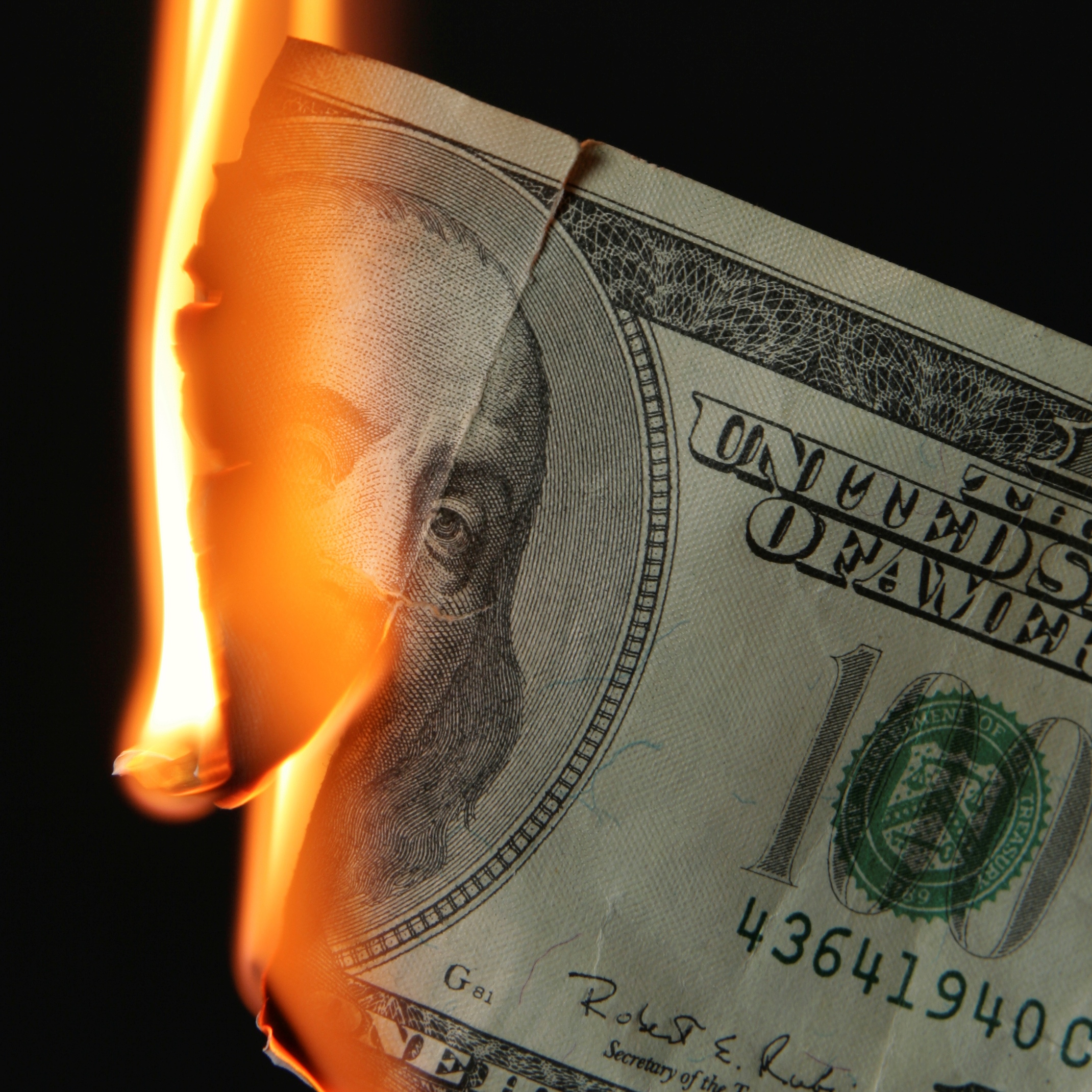Banking, finance, and taxes
High-Yield Defaults to Fall by Half in 2017: Fitch Ratings

Published:
Last Updated:

If it weren’t for the energy sector, the percentage of high-yield bond defaults would likely fall below the 2.2% pre-Great Recession average for the trailing 12 months ending in October. But even including energy sector defaults, analysts at Fitch ratings are forecasting an end-of-2016 default rate on high-yield debt of between 5% and 6%. Fitch’s initial default rate forecast for 2017 is roughly 3%.
In the first six months of 2016, high-yield defaults totaled $50.2 billion. In all of 2015 the total value of defaulted high-yield bonds was $48.3 billion.
The rating agency noted in September that new issuances in August totaled $17.6 billion and that September’s issuance total was expected to top $19.9 billion, the amount of new high-yield debt issued in September 2015.
The trailing 12-month default rate in the energy sector is expected to be comparable to September’s 15.5% level. Eric Rosenthal, senior director of leveraged finance at Fitch, said:
Commodity prices have recovered from their lows but not enough to stem all of the near-term defaults. The energy and metals/mining sectors account for 93% of October’s default volume.
The metals/mining default rate is forecast to climb from 13.9% in September to 16% in October, following a missed interest payment at the end of a grace period by American Gilsonite and the choice by another firm to forego a payment due September 30 and entering a grace period.
Key Energy Services and Vanguard Natural Resources have not made interest payments due earlier this month and Petroleos de Venezuela S.A. (PdVSA), the national oil company of Venezuela, has asked shareholders to approve a debt exchange of nearly $12.5 billion in outstanding debt. The PdVSA transaction is not a default in Fitch’s view, and the agency made this observation regarding debt rated at CCC:
PdVSA remains part of a dwindling ‘CCC’ universe, due to the high volume of energy defaults over the past 18 months and low issuance. ‘CCC’ new issuance accounts for just $171 billion, or 11% of all issuance through the third quarter. The amount of outstanding ‘CCC’ debt fell to $242 billion in September, from $288 billion in February.
Retirement can be daunting, but it doesn’t need to be.
Imagine having an expert in your corner to help you with your financial goals. Someone to help you determine if you’re ahead, behind, or right on track. With SmartAsset, that’s not just a dream—it’s reality. This free tool connects you with pre-screened financial advisors who work in your best interests. It’s quick, it’s easy, so take the leap today and start planning smarter!
Don’t waste another minute; get started right here and help your retirement dreams become a retirement reality.
Thank you for reading! Have some feedback for us?
Contact the 24/7 Wall St. editorial team.